
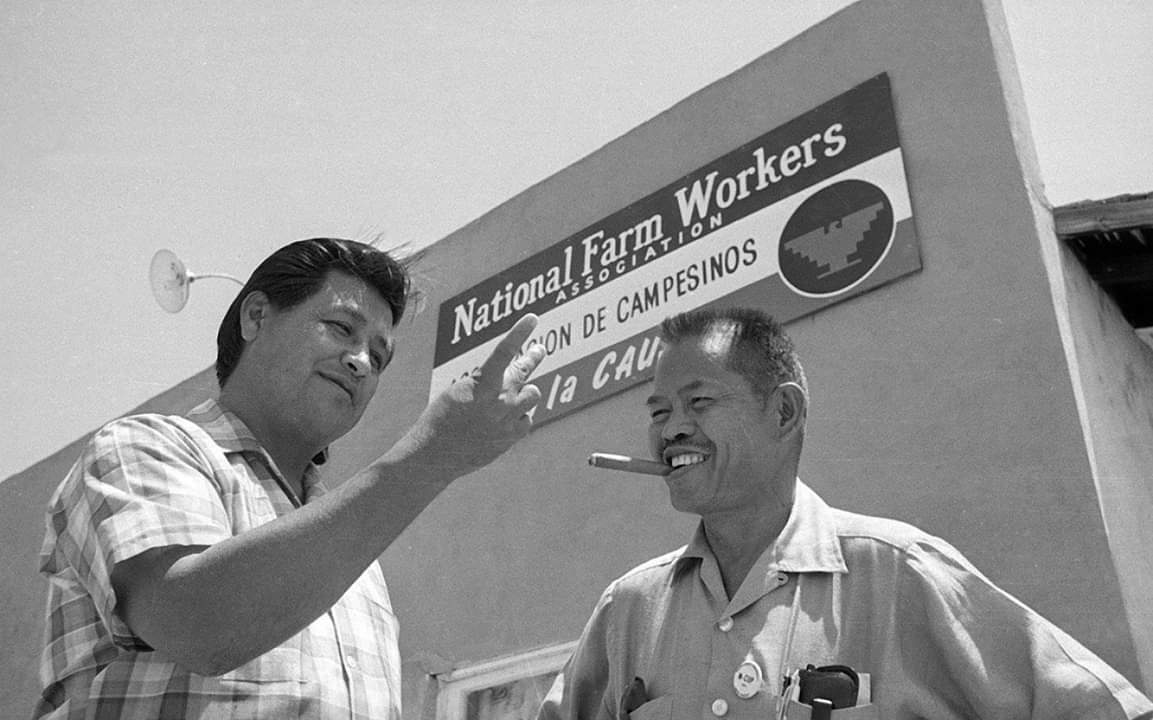
Pew Research Center's Data on Asian Americans - Filipinos - a data driven fact sheet on Filipinx statistics in America. Very thorough and highly recommended.
Filipino American National History Society - An association of Filipinx-American chapters all over the United States. California alone has over a dozen chapters. FANHS chronicles the history of Filipinx-Americans in America, along with educational resources and media collections.
PBS's Little Manila: Filipinos in California's Heartland - a PBS (Public Broadcasting Service) video on the history of California's Filipinx immigrant community. Little Manila was centered in an area named Skid Row, located in Stockton.
Manilatown Heritage Foundation - a foundation supporting and promoting economic justice for Filipinx in the United States, headquartered in San Francisco's Chinatown. Hosts events, active action, and history.
Library of Congress - Filpino-American Materials: A Resource Guide - a useful compendium of research-specific terms, collections, and more.
FilAm ARTS - a foundation run by LA local Filipino Americans working to share, create, and promote Filipinx-American artists
Bulosan Center for Filipino studies at UC Davis - a project dedicated to preserve the work of Carlos Bulosan, Filipinx-American novelist and poet who immigrated to the United States in 1930.
The White House's Proclamation on Prisoners of War - a tacit acknowledgement of the effects of the Bataan Death March, wherein tens of thousands of American and Filipino soldiers were forcibly marched 60 miles by the Japanese, from Bataan to Camp O'Donnell during World War II.
According to FANHS, Filipino-Americans are the second largest Asian American group in the United States and the third-largest ethnic group in California. In California, the two ethic groups that are larger are Latinx and African Americans. More than a quarter of incoming immigrant nurses are Filipinx.
The first recorded presence of Filipinos on the North American continent is in 1587, when the Spanish brought Filipinos from the region of Luzon to California as slave labor to establish the Spanish foothold in North America. To put it in perspective, Spain discovered the Philippines and colonized it in 1521, just 60 years before their own discovery of North America. Due to Spanish colonialism, much of the Philippines' culture is Spanish influenced. America's occupation of the Philippines injected American ideals into the culture as well. After the Spanish-American war in 1898, Spain "sold" the Philippines to the United States to the sum of $20,000,000.
Filipinos mainly came to American during the early 1900s to work on farms and plantations in Hawaii, and also became a large contingent in California as farm workers. After the end of the Philippine-American War the Philppines became a U.S. territory and thereby U.S. nationals, which opened the gates to immigration. A large portion of Filipino farm workers resided and worked in the Central Valley, near Sacramento and Stockton. Their work is highlighted by Larry Itliong's workers rights activism through United Farm Workers, or UFW, in and around Delano, California.
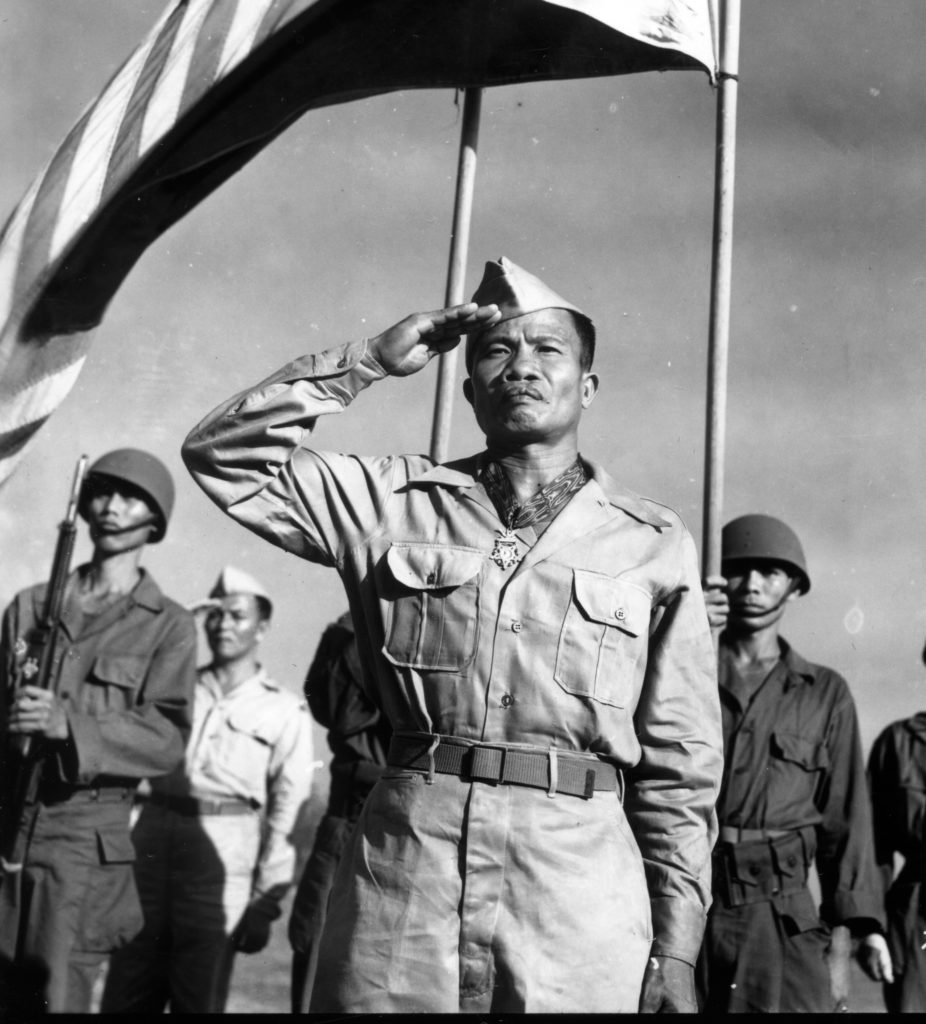

Many know the story of Cesar Chavez and his workers rights revolution to ensure Latinx farm workers had the rights they deserved under American law. Alongside Cesar Chavez and Dolores Huerta was Larry Itliong and the "manong" Filipino farm workers. In tandem with the Latinx farm workers, they organized and formed United Farm Workers (UFW), promoted worker rights through collective action and labor strikes. Larry Itliong convinced over 2,000 Filipino farm workers to leave Delano vineyards and perform a labor strike - one of the largest labor actions during that time.
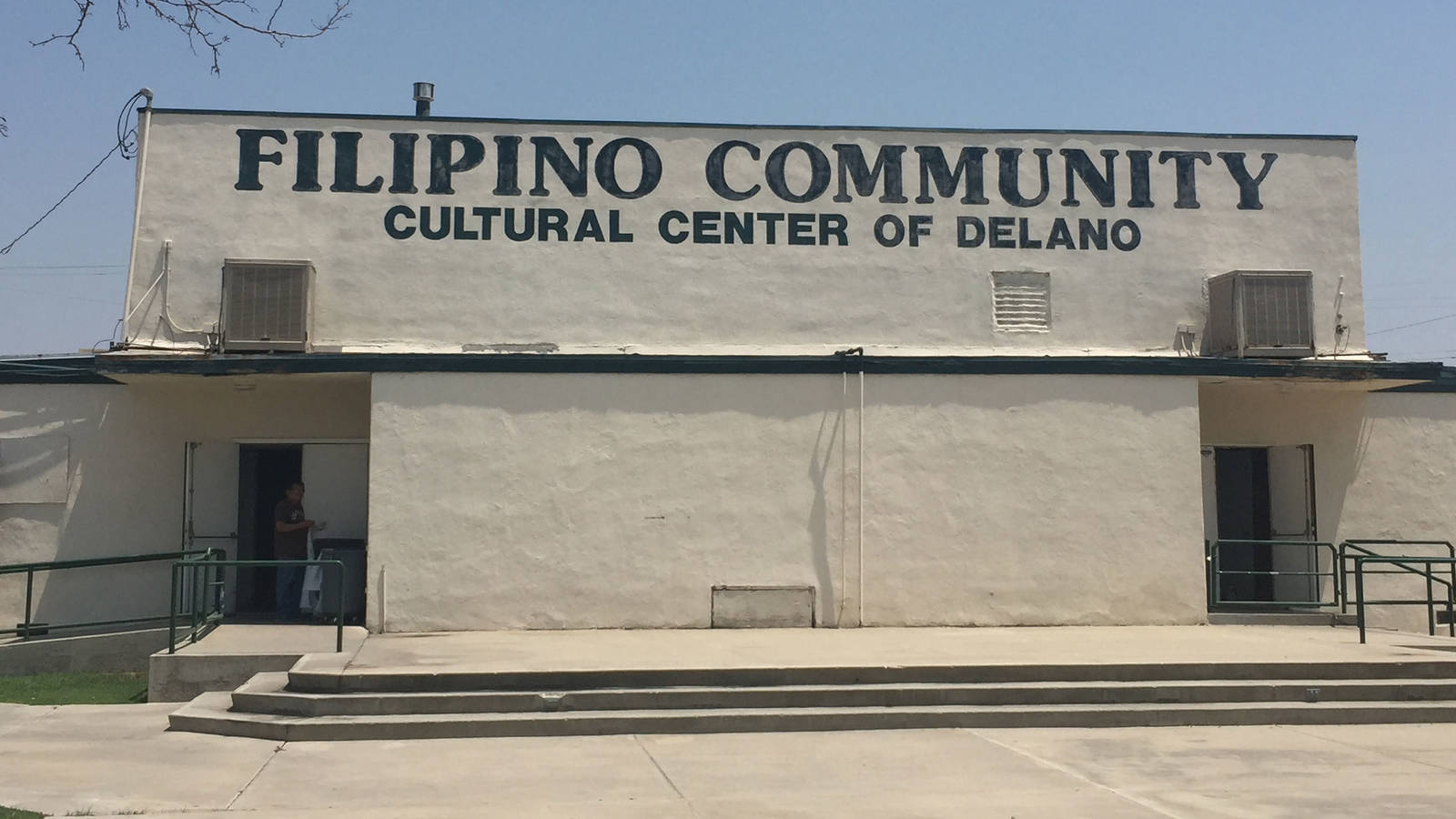
Filipinx American farm workers were mainly grouped in California. The progress UFW made for farm worker rights can be felt today. The National Parks Service marked the Filipino Community Cultural Center in Delano, California as an inclusion into the National Park system.


During those 5 days, young, white men in Watsonville attacked Filipinos, robbed them, and forced them out of their homes. One Filipino man, Fermin Tobera, was killed. Out of the 200 white men who rioted, only 8 men were arrested and convicted for crimes related to the riots. These riots were fueled by nativist fears promulgated by California politicians such as James Phelan. In the town of Exeter, white farm workers rioted when farm owners replaced White fig, grape, and beet farm workers with cheaper Filipino labor. 300 white laborers attacked the camp where Filipino workers were housed, physically attacking and stoning 50 Filipino workers.

These Filipino farm workers were part of the Manong Generation, the first wave of Filipino immigrants headed to the Central Coast & Central Valley in the early 20th century. Like many Asian immigrants in the early 20th century such as the Chinese, Koreans, Japanese, other South Asians, Filipinos were largely migrant farmworkers.
Another inciting incident was a picture published on the front page of the Watson Evening Pajaronian, depicting Filipino worker Perfecto Bandalan dancing with White teenager Ester Schmink. This took place in many "taxi dance halls", social spaces mainly located near taxi stalls where men could dance with women for a dime. That particular dance hall would be attacked by White Watsonville residents and later 50 White workers would destroy the Filipino work camp in Watsonville. The attack on the dance hall led to the shooting of Fermin Tobera.
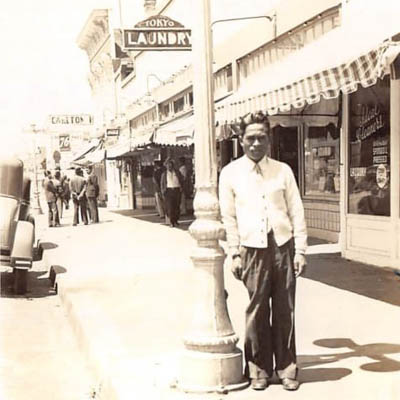
The riots were ostensibly based on how Filipino immigrants affected Watsonville and its region's agricultural worker base. Watsonville and the surrounding Pajaro Valley was a bed of sugar beet farming in the late 1800s and early 1900s, gradually shifting to a veritable garden of various vegetables. At this point in time, California supplied over 50% of all fruits & vegetables grown in the United States. Filipinos were cheap labor for the thousands upon thousands of acres of new farms needing to be worked. Working class whites felt threatened by Filipinos, whose labor was much cheaper than white Americans.
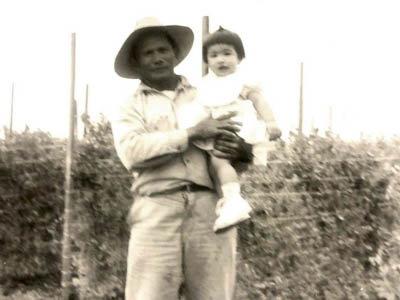
Filipino-white relations on the West Coast and America at large were the thinnest at this point. In the years following the riots, the Tydings McDuffie Act granted the Philippines independence, categorizing Filipinos and Filipino-Americans as immigrant aliens, and restricted immigration to 50 Filipinos a year, until 1965's Immigration and Nationality Act. 1935 saw the Filipino Repatriation Act, allowing Filipinos to voluntarily emigrate back to the Philippines. Filipinos in California would either return to the Philippines or continue to labor in the fields, constantly separated from marriage due to anti-miscegenation laws forbidding marriages between "whites and Malays", which included Filipinos. Decades later, Filipinos and Americans would fight side-by-side in World War II and the Pacific Theater.
This would all lead to Larry Itliong and Philip Vera Cruz working with Cesar Chavez to push workers' rights and labor law in California.
